As travelers in Madagascar, we eat well. The country’s multicultural history, including Far East, Indian, African, Arab and French influence, is reflected in the food, which is tasty, varied, and well-spiced (although not hot). Almost every day we have a choice of vegetarian, fish and meat dishes, all of it based on local produce. 

The hard-working people who make all this happen are the Malagasy, as the inhabitants of Madagascar are called. There is no typical Malagasy, as they are a blend of several cultures.

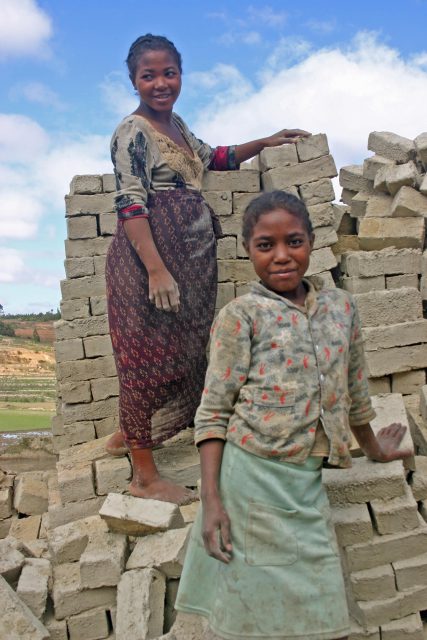
The first wave of Homo sapiens came to this somewhat remote island about 1000-2000 years ago – not from the African continent but from Polynesia, more specifically Borneo and thereabouts. In general terms, they are the ones who grow the rice on the fertile soils of Madagascar.
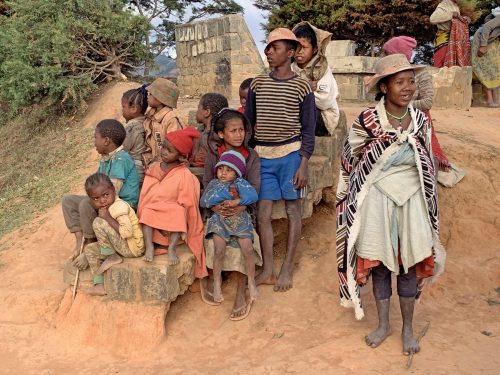
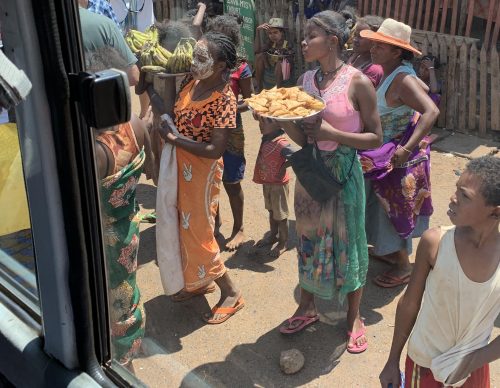
Note the white-painted face of the woman in the middle of the above picture.
Later on, Bantu people from the southeast part of the African continent came to Madagascar. They established their kingdoms along the relatively unpopulated coastlines. Even later, Arab and European traders and settlers came by and, as time passed, people intermixed with each other, as is evident in the food, farming practices, culture, religion, language, and people’s appearances.

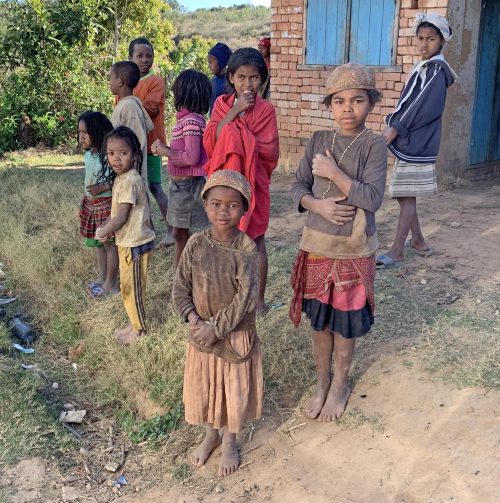
The present Malagasy people belong to 20 different ethnic groups who inhabit each their region, roughly speaking. About half of the people are Christian and about 10 percent Muslim. The remaining 40 percent adhere to traditional beliefs based on ancestor worship. One of their customs is to place the bodies of their loved ones in decorated mausoleums.
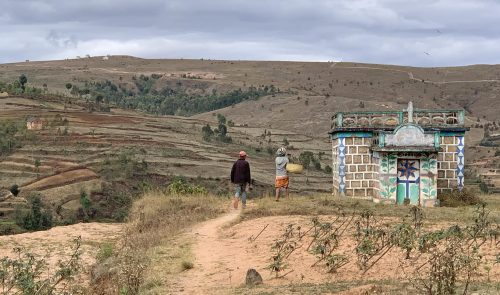
After a few years, when all that remains of the corpse are bones, the family removes the coffin, washes the bones and inters them in a more permanent location, such as in a cave, like the one on the face of the cliff in the middle of the photo below.

The coffin in the photo below once held the body of a child.
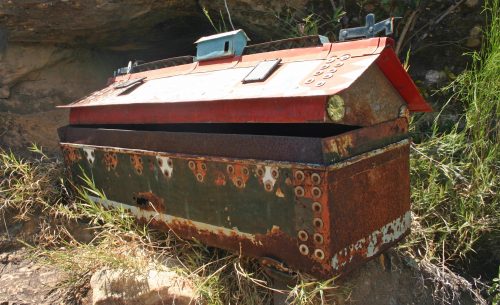
Perhaps the child’s bones are now in the cave in the upper part of the photo below.


